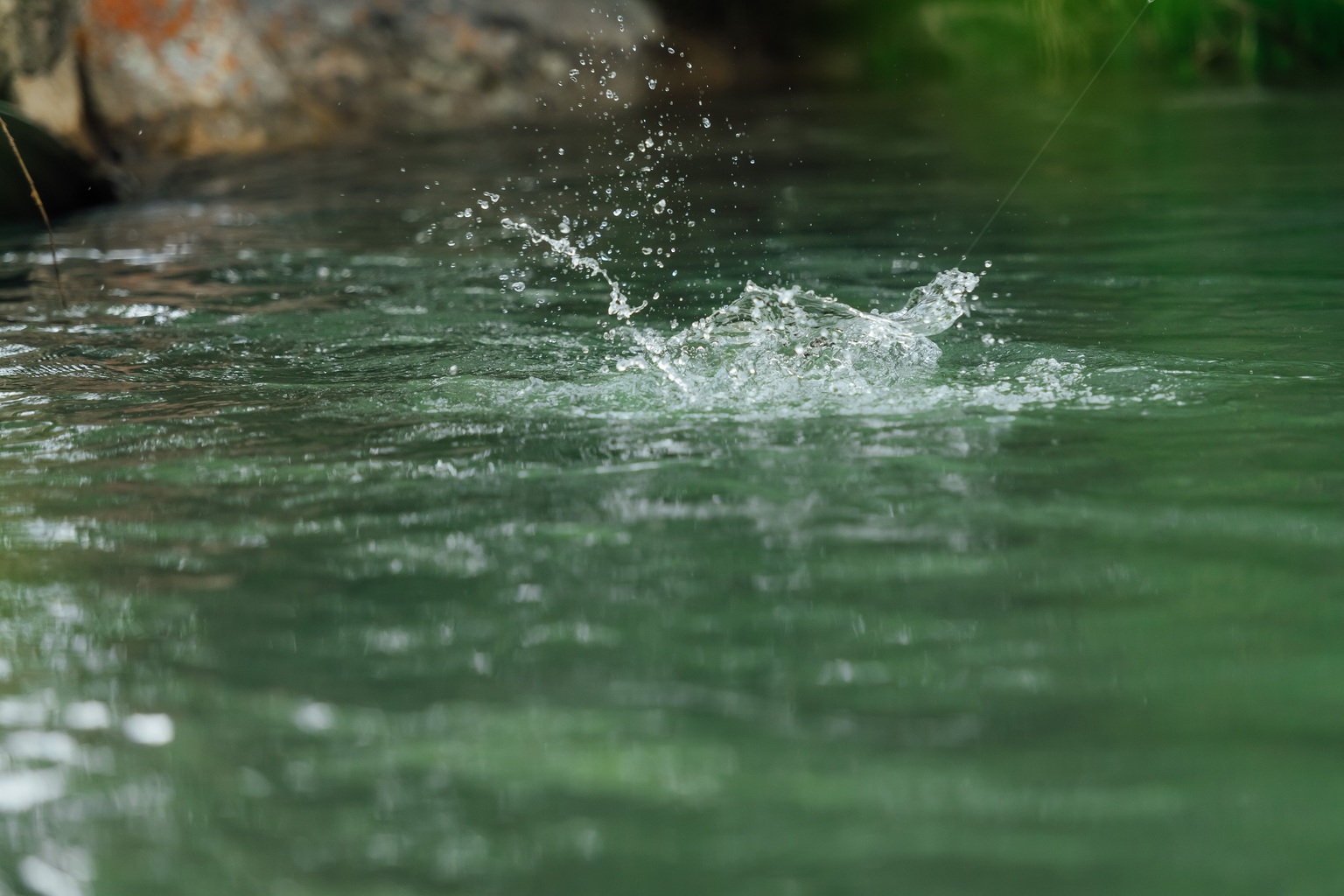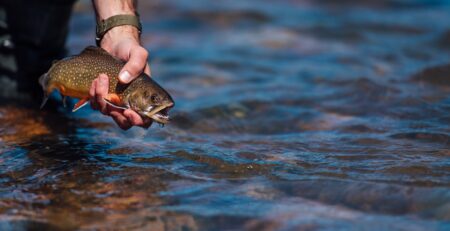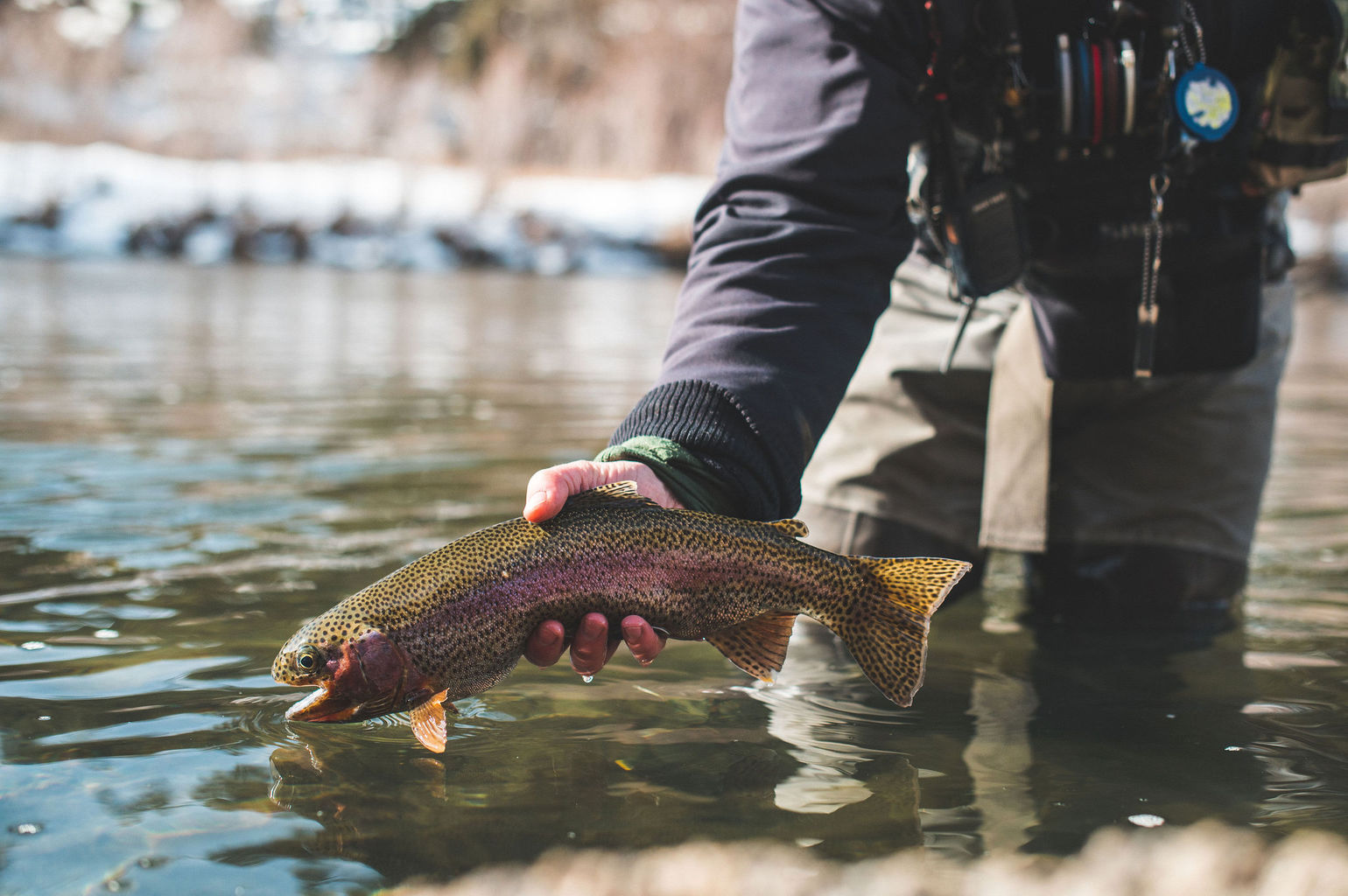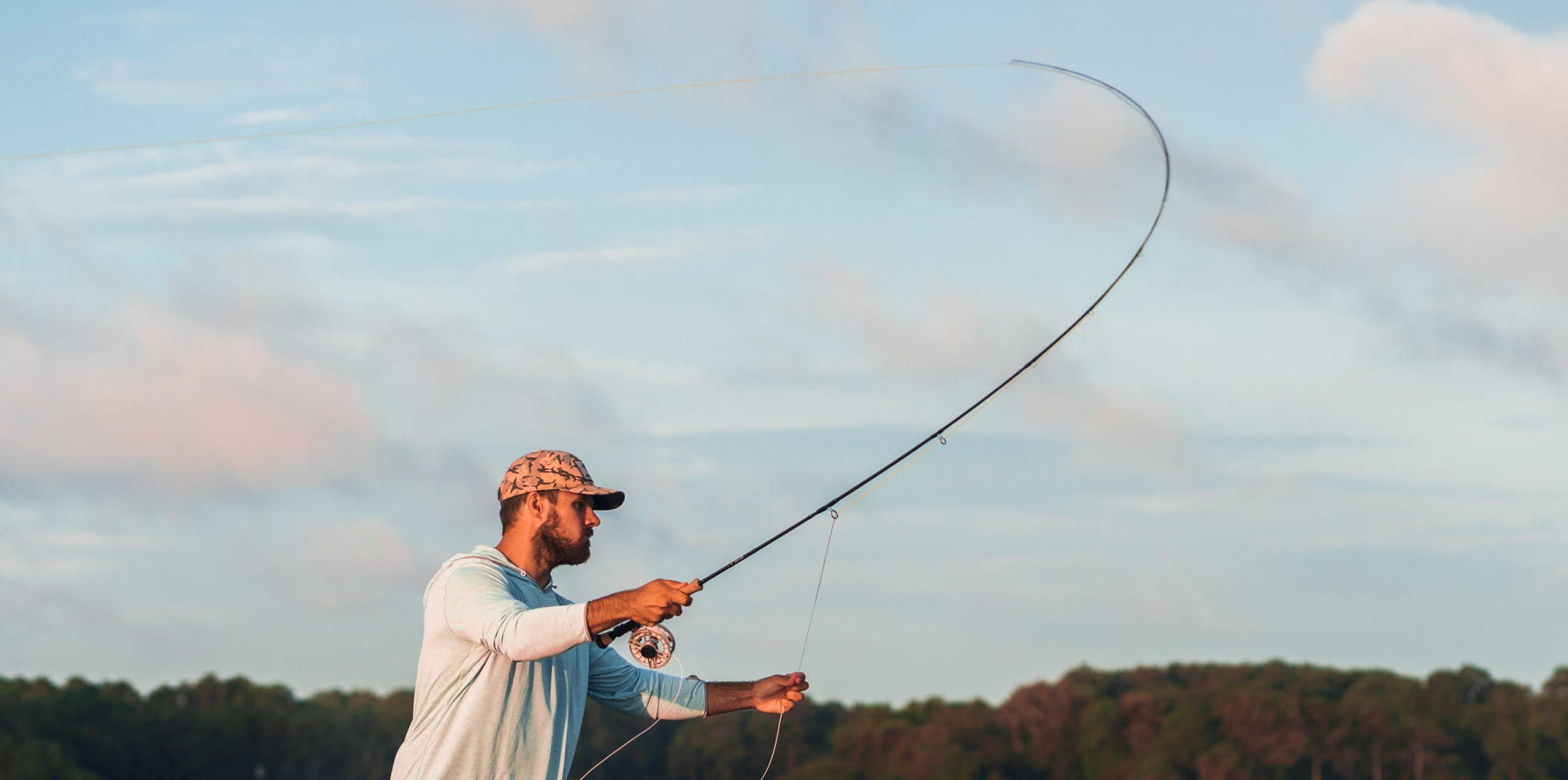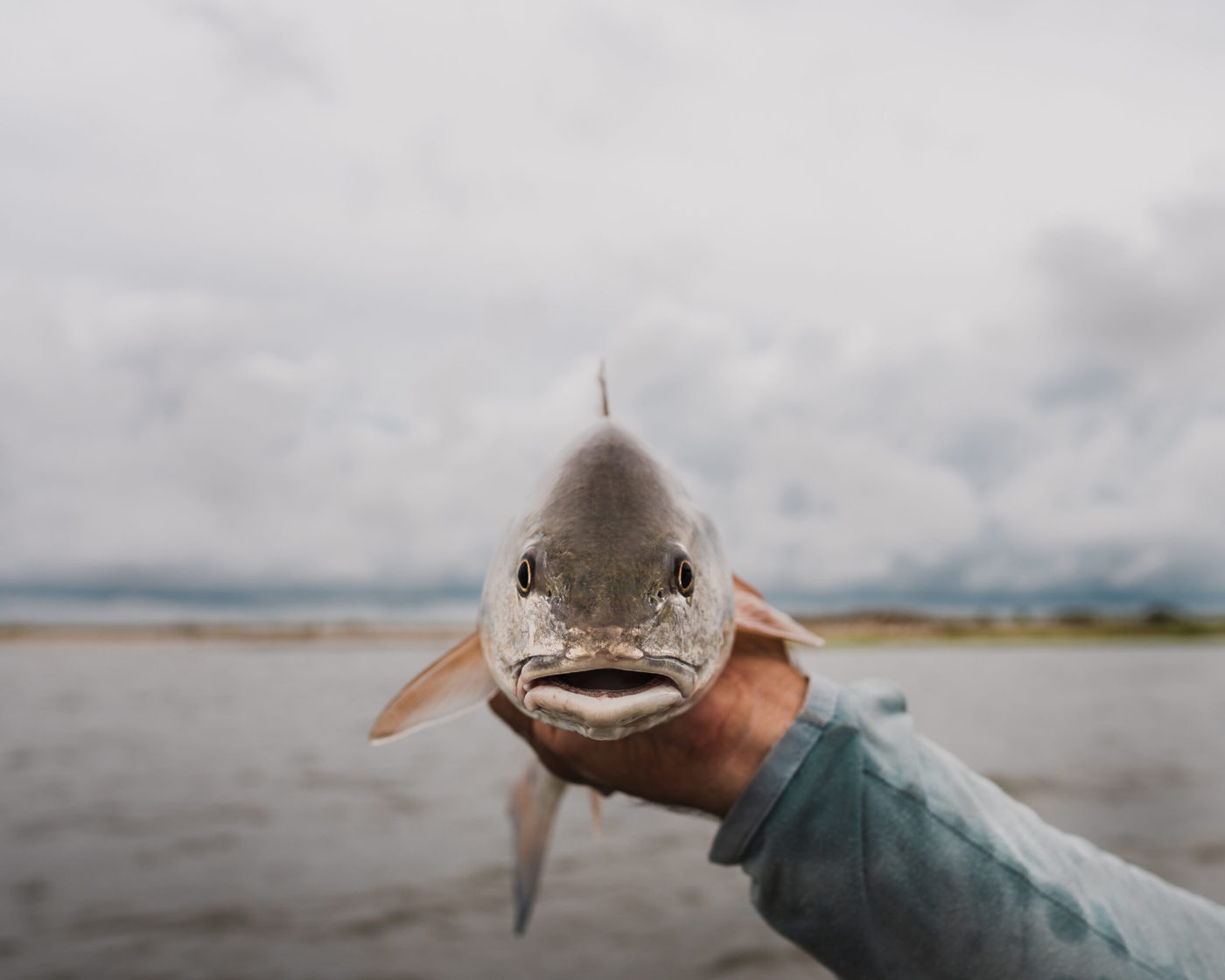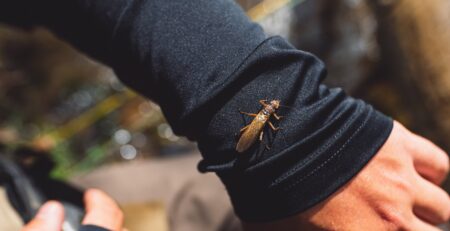Rod Angles for Fighting Trout
One of the most heartbreaking aspects of fly fishing is working hard for a big fish, only to hook it and have it get off in the midst of the fight.
Make no mistake, it happens to all of us more often than we’d care to admit! There’s no getting around losing fish, but there are some things anglers can do to impact the fight and hopefully keep trout or steelhead buttoned up longer. A good reel with a solid drag, proper knots, and sharp hooks are certainly all factors, but perhaps the most important is the angle of your rod when the fish is on the line. Applying proper pressure at the correct angle not only keeps trout hooked, but also works to land them quicker, thus improving their survivability upon release!

Side Pressure
This is perhaps the most important angle to work a fish during the fight. The idea is relatively simple in that you want the rod off to the side, almost parallel to the water and pulling away from the direction the fish is swimming. In other words, if the fish is working upstream when hooked, you would have the rod downstream, semi-parallel to the water, and applying pressure back against the way the fish wants to swim. This is a surefire way to tire the trout out, and while it’s important to not pull too hard or apply overwhelming pressure, it’s critical to tire them out as quickly as possible to ensure a safe release once it hits the net.

Top Pressure
There’s a moment in the fight when the rod angle shifts from side pressure to pressure straight up high, and it’s usually a critical part of the battle. When you’re attempting to tire the trout out and get it in closer, side pressure is the way to go, but as the fish gets nearer to you a rod tip straight up high, with pressure from straight above, forces the trout to the top of the water. This is the time you want to attempt a fish landing as the pressure from the top pulls that fish into shallower water and the top of the water column.
Pointed Pressure
One of the most common times to lose a fish during the fight is as the trout or steelhead jumps, shaking its head trying to throw the hook. This moment is typically coupled with a strong run that peels out line, making the whole thing a situation where one wrong move means a busted line or loose fish. When things really get tricky like this, put the rod tip directly at the fish. This pointed pressure still attempts to keep the line tight, but in a way that gives the trout a little bit of leeway should it want to jump and rip out 20 feet of line.
Knowing how and when to apply pressure with the rod angle is something that comes with time. It might take thinking through a few fish to really get the basics down, but it becomes obviously effective when done properly. The first moment you stop a nice trout dead in its tracks as it makes a run upstream, you’ll be a believer in the power of knowing how the correct rod angle can help make a difference! You’ll catch more fish, land bigger fish, and keep the ones that hit the net safe by reducing the total amount of stress they endure. It’s a win-win on all fronts!

